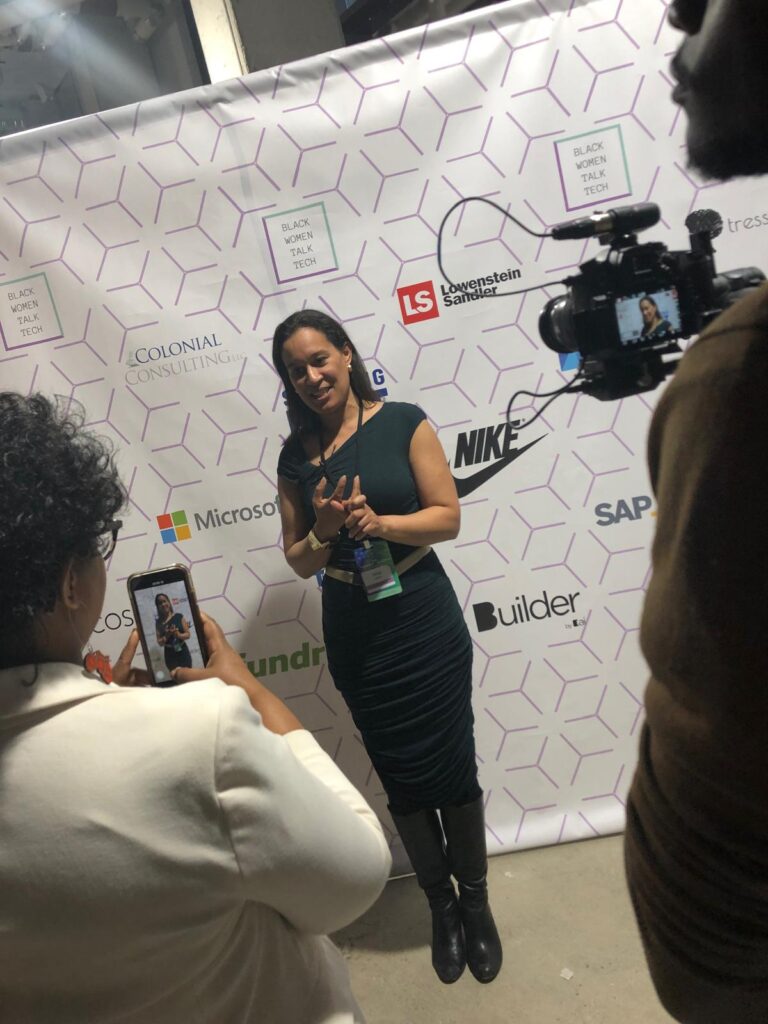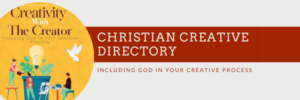Being a creative is often seen as a hyper-visual or loud expression, which sometimes leads to associating creatives with being extroverted. But the reality is that creativity is a vast spectrum, and there are various ways it can be expressed, subtly or overtly.
In my debut book, Creativity With The Creator: Including God In Your Creative Process, I write about how creativity expresses itself in various forms and that we are not to neglect how uniquely it shows up for us on the creativity scale.
As a freelance writer, I discovered my passion for writing from an early age. Whether it was journaling or writing blog posts like this, written communication has been a go-to expression, and I often prefer it over verbal expression.
However, it’s not lost on me that being an only child may have played a part in my introverted temperament. Writing just so happens to complement my introversion more, as it requires solitude and reflection to produce well-thought-out pieces.
Introverts are often highly introspective, causing us to dwell on our thoughts and sometimes get lost in our little world while creatively processing. When collaborating with others, my introversion means that when in meetings, I may not be the first to speak or have a spontaneous answer, but it may take me a while to dwell on what has been discussed and then come back at a later date with in-depth thoughts once I’ve thought about it.
I’m currently taking Julia Cameron’s course The Artist’s Way, and it prescribes a daily morning task to write three pages of stream of consciousness. This has highlighted to me just how many thoughts are rushing through my head in the morning.
In the digital age, I often opt for typing on my laptop, but returning daily to writing in a pen and notepad has been a delightful reminder of the beauty in slowing down and complements my introversion well, I’d say.
I spoke to two other introverts to explore how their temperament affects their creativity.
Ailsa Gilliam’s story

Ailsa expresses her creativity in various ways, including creating a video game that raises awareness about domestic violence in multiple languages – Sherohub.com. But the entrepreneur says her creativity extends beyond that too: “In reality, I use my creativity in many aspects of my life; how I raise my children, in the help I give my husband with his business, I even used my creativity working in corporate jobs, but I did find that was restrictive. My creativity is often displayed in how I think about problem solving, too.”
Speaking on how she processes her creativity, Ailsa says: “I reflect a lot before sharing. I often find I think better by putting my thoughts down on paper. My ideas usually start as notes on my to-do list. Then, to explore it more, I tend to use PowerPoint as my canvas of choice. I put the idea down, then I grow the strategy, and I create more and more pages as the ideas appear, and then I tidy it up afterwards. This may be a book idea, or a business idea, or a decorating idea, or a plan for a creative project; all start with a thought that I likely put on a PowerPoint.”
Speaking on her journey to becoming comfortable as an introvert, Ailsa says: “I wondered why I was not comfortable speaking in public, whilst others seemed desperate to control the soap box. I pondered why I would have great thoughts long after the conversation had moved on, and then felt uncomfortable backing the conversation up to express them.”
But it was an interview that jolted her journey to comfortability as an introvert: “I interviewed for a job with a hedge fund and they required me to take a personality quiz, which revealed my personality type and that was the start of self-discovery in terms of what being introverted meant for my career and the way I thought and functioned. Now I feel very comfortable in the value I bring and not at all bothered that I may have a different working style.”
Sharing her experiences working in a group as an introvert, Ailsa says: ” I’m now a well-practised introvert, functioning largely more like an extrovert in situations as needed, although I have to make time to recharge my batteries since that can be tiring.”
She continues: “In general, I work in groups with much more comfort in my thinking methods, these days, and don’t hesitate to chime in and request that we back up to a topic if I belatedly have an idea worth expressing.”
Speaking on how she has led as an introvert, Ailsa says: “I’ve worked in high-pressure jobs, created and led teams, so I had to learn how to function well with extroverts. When managing a group of introverts and extroverts together, I tend to ensure I carve out space for the introverts to speak very intentionally to ensure they have the chance to express themselves and provide their value-add.”
Dishing advice to those managing a group of extroverts and introverts, Ailsa says: “If you are moderating or managing a group, it’s important to moderate responsibly and manage the extroverts who can dominate otherwise. Input from a variety of personality types provides much richer solutions. I prefer working alone because I can think and do things at my own pace without distraction, but I do love working and brainstorming with others too.”
Kersten De La Sauce’s Story
Working in admin, Kersten says collaborating in a group as an introvert has been a journey. In university, it was a challenge for him, but he has since improved. “Working on my own means that I’m accountable to myself. So, I can start whenever I want. I can do whatever I need to and when I want to. However, the accountability is beyond me when it’s within a group. It’s extended to other people.”
Discussing how there are aspects of group work he can thrive in as an introvert, the 28-year-old explains: “For example, doing my research and then pitching an idea or adding little contributions to that side of things is completely fine. However, when it comes to coming back together as a group and then having those sit-down discussions where we talk for minutes or hours on end about how to move forward, I found that to be relatively difficult”.
Talking about his position on this now, Kersten says: “Thankfully, I’ve had a lot more practice and time to engage with people. As an introvert back in the day, it was more difficult. Now, it’s easier. It’s like a muscle as it can be worked on.”
Speaking on how he processes creatively, Kersten shares: “As someone raised as an only child and with an engineering background, it’s all about how can I be the most effective in what I’m doing. It’s all about taking my actions, processes, systems and structures into consideration in a way that I’m not wasting any movement. It’s all about efficiency and productivity in that regard.”
Explaining what that looks like practically at work, Kersten shares: “When I’m processing something, with my manager, it’s all about [processing] it in my head, pitching the idea to my manager, and then seeing how we go from there. And if it’s a solid enough idea, then we try it out.”
The engineering graduate finds writing to be a creative way he expresses himself, too: ” I put down all my thoughts into a nice little Google document for it to be expressed. This will have no filtering. So, any colourful language will be there to give myself that room to be as open and honest as I can to myself.”
Speaking on how his introversion has influenced this mode of creativity, he says: “As an introvert, when you’re on your own, when you’re not speaking, you’re thinking. So I take a lot of time to think and have ideas for a nice little escape room. Maybe I’m thinking of animations, or finding different ways to take feelings of frustration or happiness, and create imaginative scenarios, like flying or skating, or anything allowing myself to be a child and letting my imagination roam free.”
“Being an only child has forced me to be independent. The skill of building relationships with people and getting people’s input has been fantastic as well. However, I think being an only child helps with creative processing because you’re accustomed to relying on yourself. Whereas relying on other people will be based [mainly] on adaptations”.

